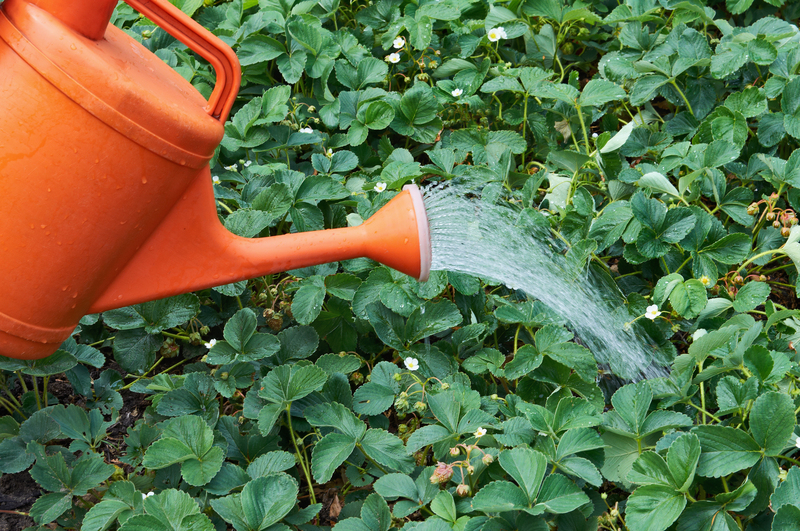Best Practices for Cutting Hedges in Autumn
Posted on 03/09/2025
Autumn is the ideal time to prepare your garden for the coming winter months. Among the many tasks gardeners undertake during this period, cutting hedges ranks high on the list. Properly maintained hedges contribute to the overall aesthetics of a garden and can also serve as natural windbreaks and privacy screens. However, hedge trimming requires specific techniques and timing to ensure plant health and avoid damage. In this article, we will explore the best practices for cutting hedges in autumn.
Understanding the Importance of Timing
Timing is crucial when it comes to hedge trimming. Autumn, particularly early autumn, presents a prime window for this activity. By this point, birds have finished nesting, and most of the new growth has stabilized, making it an ideal time to trim without causing undue stress to the plants. Trimming during this time allows the hedges to enter the dormant season neatly and fosters healthy regrowth in the spring.

Gathering the Right Tools
Before you start cutting your hedges, make sure you have the proper tools. Sharp and well-maintained tools not only make the job easier but also ensure clean cuts, which are vital for the plant's health. Here are some essential tools you may need:
- Hedge Shears: Ideal for smaller hedges and detailed work.
- Electric or Gas Hedge Trimmers: Useful for larger hedges and faster trimming.
- Loppers: Necessary for cutting thicker branches.
- Pruning Saw: Suitable for very thick or old branches.
- Protective Gear: Includes gloves, safety glasses, and possibly ear protection.
Preparing Your Hedges
Before diving into the trimming process, take a moment to inspect your hedges for any signs of disease or damage. Removing dead or diseased wood helps prevent the spread of pathogens and promotes healthy growth. Identify the major branches you plan to trim and ensure you're not cutting too much at once (no more than one-third of the hedge).
Trimming Techniques
Following the right trimming techniques is essential for the overall health and appearance of your hedges. Here are some best practices:
- Top-Down Approach: Start from the top and work your way down. This ensures the clippings fall away from the hedge, making it easier to see what you're trimming.
- Tapered Shape: Aim to keep the base of the hedge wider than the top to ensure sunlight reaches all parts of the plant. This shape helps in maintaining healthy foliage from top to bottom.
- Regular Inspection: Step back and periodically inspect your work to maintain evenness and symmetry. This will help you avoid over-trimming any sections.
Aftercare and Maintenance
Once you have finished trimming, a few additional steps can help ensure your hedges remain healthy and robust through the winter:
- Watering: Water your hedges well after trimming to help them recover from the stress of cutting.
- Mulching: Apply a layer of mulch around the base to retain soil moisture and regulate temperature.
- Fertilizing: Avoid fertilizing immediately after trimming, as it can stimulate new growth that might not survive the winter. Instead, wait until early spring.
Environmental Considerations
It's important to consider the local environment and wildlife when cutting hedges. Early autumn is generally a safe time to trim as most birds have finished nesting. Still, it's always good practice to check for any active nests before you start and proceed with caution.

Avoiding Common Mistakes
Even seasoned gardeners can make mistakes when trimming hedges. Here are some pitfalls to avoid:
- Over-Trimming: Cutting back too much foliage can stress the plant and hinder its growth.
- Wrong Timing: Trimming too late in the autumn can leave new growth vulnerable to frost damage.
- Using Dull Tools: Dull blades can make ragged cuts that invite pests and diseases.
- Ignoring Safety: Always wear the appropriate safety gear to protect yourself from injuries.
Conclusion
Cutting hedges in autumn is a fundamental task for maintaining a healthy and beautiful garden. By understanding the importance of timing, using the right tools, and following proper trimming techniques, you can ensure that your hedges remain in excellent condition through the winter and flourish in the spring. Avoiding common mistakes and taking environmental considerations into account will further enhance your gardening success. Happy trimming!




